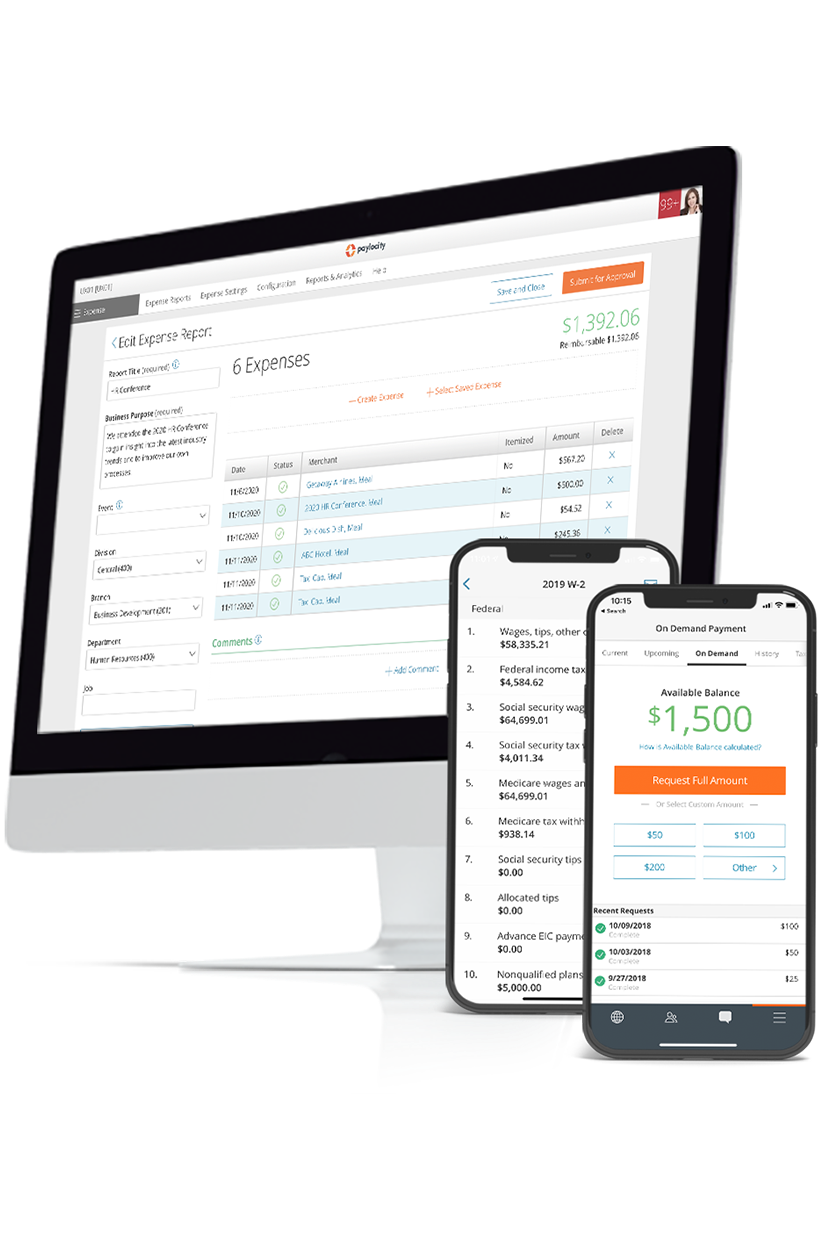Furlough
Summary Definition: A required but temporary period of unpaid leave due to economic difficulties, lack of work, or other operational needs, lasting from a few days to several months.
What Does Furlough Mean?
A furlough is a mandatory, unpaid leave of absence to address operational needs, such as economic constraints, seasonal demands, or lack of available work. Organizations can use the time to resolve issues or challenges while retaining the option to bring back furloughed employees after conditions improve.
Furloughs can differ in length, from short-term to long-term, and take various forms, such as working fewer hours each week to taking weeks of unpaid time off. Regardless, employers always expect furloughed individuals to return to their regular schedule and responsibilities when the leave ends.
Key Takeaways
- A furlough is a temporary, unpaid leave of absence an organization can require employees to take due to factors beyond the employee’s control (e.g., financial problems or lack of available work).
- Furloughs differ from layoffs and reductions in force (RIFs) in several ways, the most significant of which is that furloughed employees keep their jobs while on leave.
- The nature, duration, and impacts of a furlough vary based on the setting and context in which it occurs.
Furlough vs. Layoff
Unlike a furlough, where the company still employs the workers through the leave, a layoff is a complete separation where the individual loses their job or role. Moreover, layoffs can be temporary or permanent, depending on the organization’s situation. Other differences include:
| Layoff | Furlough | |
| Paid Time Off (PTO) | Depending on the state and employer, workers either lose all accrued PTO or receive a PTO payout. | Employees keep unused PTO and can still use it when the leave ends. |
| Health Insurance | Depending on the plan, healthcare benefits are usually lost or only available for a limited time. | Healthcare benefits are uninterrupted, provided the leave doesn’t violate the plan’s eligibility requirements. |
| Severance | Individuals receive a final paycheck along with any severance the employer offers. | No severance is available as workers are still technically employed. |
| Unemployment Benefits | Benefits are available while the person looks for a new job. | In most states, workers don’t receive benefits as they’re still employed |
Despite these differences, layoffs can occur for the same reasons as furloughs, such as a lack of available work. Furthermore, people generally view both as outcomes due to factors beyond the worker’s control.
Furlough vs. Reduction in Force
A reduction in force (RIF) is another situation in which affected employees lose their jobs. Unlike a layoff, however, an RIF eliminates the worker’s position altogether. RIFs are always permanent and have no potential for the employee to return.
How Do Furloughs Work?
Furloughs impact employees differently based on their employment classifications, primarily whether they’re exempt or non-exempt employees.
Exempt Employee Furloughs
Employers are legally required to pay salaried employees a whole week’s wages if they perform any work, regardless of how many hours it takes. Therefore, exempt employee furloughs either prohibit employees from working or involve employees working less for a lower salary.
Non-Exempt Employee Furloughs
Furloughs for hourly employees are much more straightforward, as they’re paid by the hours they work. Employers instead just reduce the number of hours a non-exempt employee works or remove them from the work schedule entirely (a.k.a., a zero-hour schedule).
Alternative Types of Furloughs
Furloughs aren’t unique to professional work environments or corporate settings. Moreover, the nature and purpose of a furlough vary widely depending on why and where it occurs.
Military Leave
Military furloughs temporarily place members of the armed forces on leave from active duty for various reasons, such as awaiting new orders or receiving an approved break. The furlough’s duration is set beforehand, and servicemembers don’t receive pay until they return to active duty.
Government Shutdown
During a state or federal government shutdown, agencies furlough workers due to a lapse in operational funding. The agency places non-essential employees on temporary leave until a new spending bill passes that allocates additional resources. Conversely, essential personnel (e.g., police officers) may have to continue working without pay.
Prison Release
Prison furloughs grant eligible inmates a temporary release from incarceration for specific reasons, such as medical needs, family emergencies, or rehabilitation requirements. Inmates can be escorted or unescorted while on furlough and must return to prison as soon as it ends.

Save Time with Stress-Free Payroll Solutions
Payroll doesn’t have to be complicated, but it does have to be right. Stay compliant, collect employee data, and streamline tax filing – all while putting time back in your day with our automated payroll software. With the assurance of an error-free workflow, you can get back to what matters most – your people. Learn how our modern solutions get you out of the tactical and back to focusing on the bigger picture.